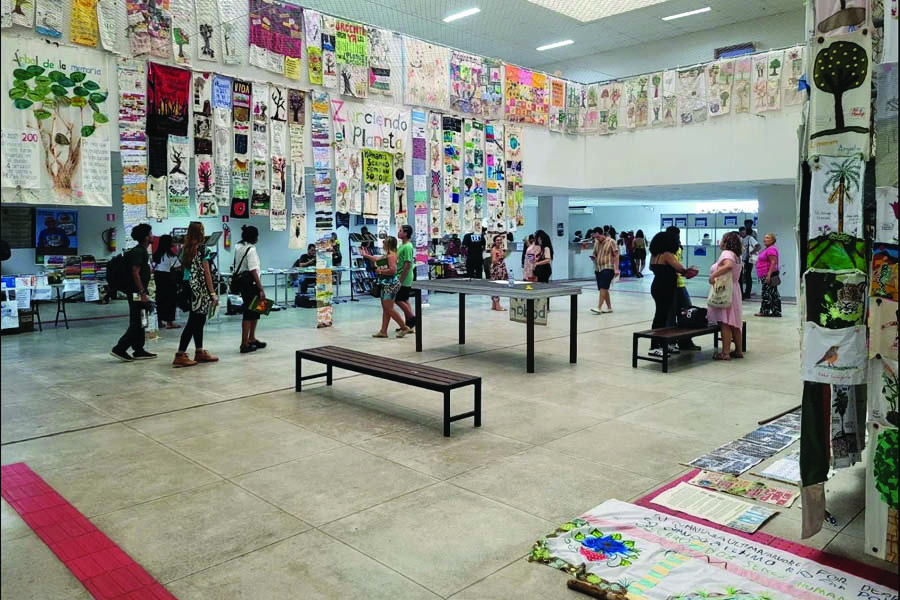Belém, COP30 territory
The intensity of a COP is, in itself, a factor to consider. However, holding a climate COP in the heart of the Amazon is on another level. Belém, capital of the State of Pará, has a long history and frequently leads deforestation in the Legal Amazon, in terms of absolute deforested area, between 2019 and 2024 (MapaBiomas). It is also the scenario in which looks, interests, disputes and hopes about the future of the forest are concentrated. With a population of about 1.3 million inhabitants, Services and Information in Brazil, the city already feels, in its body and in its daily life, the effects of climate change: intense and muggy heat, heavy rains, flooding, congested traffic and deep socio-spatial inequalities.
At the same time, Belém expresses the strength of Amazonian miscegenation: a diverse cuisine (açaí, fish, duck in tucupi, tacacá), a living culture that mixes indigenous, black and European matrices, urban landscapes that take your breath away not only for the climate, but for the beauty, and a warm, generous and proud population to host COP30 in its territory. Pará is known for being the world’s largest producer of açaí, for being home to a large part of the Brazilian Amazon and for extending to Marajó Island, famous for buffaloes and Marajoara ceramics. The name ”Pará” comes from the Tupi-Guarani pa’ra, ”river-sea”, reminding us that here the boundaries between river and ocean, land and water, city and forest are always fluid. In this context, holding COP30 in Belém is not a detail: it is a political and symbolic choice, in which the forest itself is present every day, in the afternoon, with its torrential rains that often make speeches inaudible for a few minutes. To talk about climate, nature and anthropogenic changes is to talk about the Amazon, its peoples, and how close we are to its tipping point.





